Description
Tamarisk Tree – Health Benefits

TAMARISK TREE, TAMARIX GALLICA AND TAMARIX APHYLLA
There are around sixty tamarisk trees (farash in Urdu) in the world, and the two I have chosen to write about are the French tamarisk tree which is a native of the Mediterranean region and the one that is indigenous to the Middle East, North Africa and the Indian subcontinent and Sri Lanka. The latter is the tallest in the genus- Tamarix aphylla.
Writing in the 17th century the English herbalist, Nicholas Culpeper describes the T.gallica in this way:-
“The Tamarisk never grows to be a tree of any great bigness in England, though beyond the seas it will; having a rough dark brown bark. The younger branches are of a chestnut colour, cloathed with very fine tender green leaves, somewhat like those of cypress, but thinner and finer, and not at all hard or rough; the flowers grow in rough spikes at the ends of the younger shoots, an inch or more in length, several spikes growing together, each consisting of a great many small, five leaved, pale red flowers, which are succeeded by small seed, included in a downy substance.”
He also says “It is only planted in gardens in England, its native place being Spain, and the southern parts of France. The wood, bark, and leaves are used.”
He believed that the tree was from Spainbecause it is generally thought that the word tamarisk comes from the name of a Spanish river, the Tamaris.
The tamarisk trees are unusual in that they produce a substance called manna, although there is some debate as to whether this is produced by the tree in response to attacks by insects, or whether the sticky sweet substance is produced by the insects. Some say the tree is the source of the Biblical manna which the Israelites of the Bible (Exodus) were sent by God. However this is strongly refuted by many clerics.
The manna, galls from the trees and the wood have all been used in medicine in a variety of countries.The Tuareg In Niger use the manna to sweeten water.
The French tamarisk has been used for its astringent qualities, and notably the galls contain 40 per cent tannin, so it has been used to treat diarrhoea and dysentery, to staunch the flow of blood from wounds and speed up the healing process, and as a laxative. It also has antimicrobial properties, so is good for cleaning wounds.
Extracts have been found to have a positive effect on the liver’s functioning and it seems that the tree possesses anti-inflammatory properties, as traditionally it has been used externally to bring relief from the pains and swellings of rheumatism.
Used internally an infusion is said to boost the immune system so it can ward off colds and flu and other infections.
This is what Nicholas Culpeper wrote about it in his 17th century Herball:-
“Government and virtues. A gallant Saturnine herb it is. The root, leaves, young branches, or bark boiled in wine, and drank, stays the bleeding of the hæmorrhodical veins, the spitting of blood, the too abounding of women’s courses, the jaundice, the cholic, and the biting of all venomous serpents, except the asp; and outwardly applied, is very powerful against the hardness of the spleen, and the tooth-ache, pains in the ears, red and watering eyes. The decoction, with some honey put thereto, is good to stay gangrenes and fretting ulcers, and to wash those that are subject to nits and lice. Alpinus and Veslingius affirm, that the Egyptians do with good success use the wood of it to cure the French disease, as others do with lignum vitæ or *guaiacum; and give it also to those who have the leprosy, scabs, ulcers, or the like. Its ashes doth quickly heal blisters raised by burnings or scaldings. It helps the dropsy, arising from the hardness of the spleen, and therefore to drink out of cups made of the wood is good for splenetic persons. It is also helpful for melancholy, and the black jaundice that arise thereof. The ancients believed that swine which fed out of a trough made of this wood, would have no milk. The bark is sometimes used for the rickets in children.”
Extracts from the tree are used in traditional medicine in Italy to get rid of warts, and in other parts of Europe it was a remedy for ridding the gastro-intestinal tract of worms. Extracts in one study showed that they were a potent chemoprotective agent.
The small branches and leaves have astringent and diuretic properties and externally a compress of the leaves and twiglets will staunch bleeding.
As for Tamarisk aphylla, it possesses similar medicinal properties and the flower galls are used in traditional medicine for their astringent properties and as a gargle. A decoction of the bark is used for eczema and other skin complaints.
This tree is a good firebreak as it has such a high saline content, so much so that it kills all vegetation which might try to grow under it, and its leaf litter contains so much salt that it doesn’t burn.
Both trees are used to help to prevent soil erosion because of their deep root systems. They do not take well to trimming however and so are not ideal for a garden hedge.
Dyes can be made from the galls on the tree, and the wood may be used in general construction, but it is not very strong, and is knotty.
These are interesting trees which I have found useful to sit under in the shade they provide on Greek island beaches.
Main Kalan, Tamarisk
مائیں کلاں – بڑی مائیں – مائیں خرد – جھاؤ – سرخ جھاؤ – جھاؤلال
برگ جھاؤ – پلچی – فراش – اثل
جھاؤ
ماہیت ۔ یہ ایک چھوٹا جھاڑی نمادرخت ہے جوکہ چھ سے بارہ فٹ اونچا ہوتاہے یہ دریاؤں نہروں اور تالابوں کے کناروں پرپیداہوتاہے ۔ جو سرسبز رہتا ہے۔اس کے درخت عموماًجھنڈ کی شکل میں پیدا ہوتے ہیں۔اس کی چھال سبزی مائل بادامی رنگ کی کھردری ہوتی ہے۔اس کی شاخوں کی لکٹری سرخی مائل سیدھی ہموارجس پر سفید دھبے ہوتے ہیں ۔ دیکھنے میں لکٹری سخت ہوئی ہے لیکن مضبوط نہیں ۔
یہ عموماًایندھن کے علاوہ اس کی شاخوں سے ٹوکریاں تیار کی جاتی ہیں۔پتے لمبے گول سبز اورسروکی مانند پھول اگست سے فروری تک لگتے ہیں ۔ جو گچھوں کی شکل کے سفید یا گلابی رنگت لئے ہوتے ہیں ۔ پھل اس درخت کی شاخوں کے سرے پرایک خاص قسم کا کیڑا اپناگھرجوبے ڈول سا کچھ گول چنے سے لے کر بڑے ماجو تک ہوتاہے ۔ بنالیتاہے۔اور جواندر سے خالی ہوتا ہے اسکی جھاؤ کا پھل کہتے ہیں ۔ ان کو بڑی مائیں کہاجاتاہے اور لال رنگ کے جھاؤ کی گانٹھوں کو چھوٹی مائیں کہاجاتاہے ۔ عموماًہلکے اور بھورے رنگ کی ہوتی ہیں ۔
جھاؤ کی تین اقسام ہیں ۔ سفید ۔ سرخ جھاؤ ۔ اور کانٹے دار قسم صرف راجستھان میں پائی جاتی ہے۔
مقام پیدائش ۔ پاکستان ہندوستان میں دریاؤں کے کنارے پر ایران اور افغانستان میں بکثرت پیدا ہوتی ہے۔
نوٹ ۔ یہاں اس کے پتوں اورلکڑی کا بیان ہوگا کوکہ بطور دواًاستعمال ہوتا ہے
سرخ جھاؤ ۔ جھاؤلال
ماہیت ۔ اس کے درخت پہلے جھاؤ بڑے لگ بھگ تین فٹ تک اونچے اور ان کے تنے کی گوئی تقریباًتین فٹ تک ہوتی ہے۔اس کی مائیں پہلے سے چھوٹے ہوتے ہیں ۔ اس کے درخت کی چھال اندر سے لال اور پتے سرخ یا بیگنی رنگ کے ہوتے ہیں ۔
مزاج ۔ سرد ایک خشک درجہ دوم ۔
افعال ۔ قابض الیاف مجفف ، محلل مسکن درد ، مصفی ٰ خون ۔
استعمال ۔ جھاؤ کے پتوں کو پیس کر صلابت طحال اورام رخود اور ورم حارہ پر ضماد کرتے ہیں۔اور ان کو جوش دے کر آنتوں کے درد کو زائل کرنے اور مسوڑھوں کی مضبوطی کیلئے غرغرےکراتے ہیں۔زخموں کو خشک کرنے کیلئے اس کے پتوں کی دھرنی بکثرت مستعمل ہے ۔ علاوہ ازیں باریک پیس کر زخموں پربھی چھڑکتے ہیں ۔ پتوں کی دھرنی بواسیر کو خشک کرنے کیلئے بھی مفید ہے ۔ اس کی جڑ اور پتوں کے جوشاندے میں خروج مقعد اور سیلان الرحم کے مریض کو بٹھانانافع ہے۔
اس کی جڑ کا جوشاندہ روغن زیتون کے ہمراہ پلانااور اس پرمداد مت کرنا جذام کیلئے مفید بیان کیاجاتاہے۔مسکن ہونے کی وجہ سے اس کے پتوں کا جوشاندہ پینااور اس کا ضمادکرنا یا اس کے پتوں سے سکائی تلی کے ورم کو دور کرتی ہے۔مجفف ہونے کی وجہ سے اس کی راکھ خون بند کرتی ہے۔جھاؤ کی لکڑی کے برتن میں پینا بالخصوص ورم طحال کو مفیدہے۔
کناروں کے درختوں میں نمک پایا جاتا ہے۔
فوائد خاص ۔ ورم طحال کیلئے ۔
مضر۔ معدہ کیلئے ۔
بدل ۔ گلنار۔
مصلح ۔ شہد اور روغنی اجزاء ۔
مقدارخوراک ۔ پانچ سے سات گرام تک ۔
فراش – اثل – لال جھاؤ
ماہیت ۔ جھاؤ کی قسم ہے اور اس سے بڑا درخت ہوتاہے ۔ اس کے پتلے لمبے پتے سیخوں کی مانند گچھوں کی شکل میں ہوتے ہیں یعنی چھاؤ کے پتوں کے مانند اس کا پھل دانہ نخود کے برابر مٹیالے رنگ کا زردی مائل ہوتاہے ۔ جسکو حب الاثل عذبہ یا مائیں خرد کہتے ہیں جبکہ درخت جھاؤ کے پھل کو مائیں کلاں کہتے ہیں
مقام پیدائش ۔ سندھ ،پنجاب روہیل کھنڈ وغیرہ۔
مزاج ۔ سرد ایک ۔۔۔خشک درجہ دوم۔۔
افعال ۔ محلل ،جالی ، مجفف ، مقوی جگر و طحال ،مسکن ورد مصفیٰ خون ۔
استعمال اندرونی ۔ درخت فراش کے پتوں اور لکڑیوں کو ورم طحال میں جھاؤ کی مانند اندرونی اور بیرونی طور پر استعمال کرتے ہیں ضعف جگر اور درد جگر میں بھی استعمال کرتے ہیں بعض امراض فساد خون میں اس کے پتوں کو جوشاندہ پلاتے ہیں ۔
استعمال بیرونی ۔ تسکین درد کیلئے اس کے پتوں کے جوشاندے سے دانتوں کے درد کو تسکین دینے اور مسوڑھوں کو مضبوط کرنے کے لئے مضمضے کراتے ہیں ۔ زخموں خصوصاًچیچک کے زخموں کو خشک کرنے بواسیر کے مسوں کو گرانے کیلئے اس کے پتوں کی دھونی دیتے ہیں ۔ اور زخموں پر اس کے پتے سکھاکر باریک پیس کر چھڑکتے ہیں چہرے کی رنگت کو نکھارتے اور نشانات جلد کو زائل کرنے کیلئے طلاء کرتے ہیں اورام حارہ خصوصاً شرا کوتحلیل کرنے کیلئے پتوں کو پتھر کے کھرل میں پانی کا چھینٹا دے کر باریک پیس کر ضماد کرتے ہیں ۔ تحلیل ورم اور تسکین درد کیلئے اس کے پتوں کو پانی میں پکاکرعضو مائوف کو اس کا بھپارہ دینااور انہی پتوں کو بطور پلٹس گرماگرم باندھنا عام علاج ہے ۔ اکثر یہ نسخہ گھوڑوں کو چوٹ لگنے پر برتاجاتاہے۔اگر انسانوں میں بھی استعمال کیاجائے توکوئی حرج نہیں ۔
مقدارخوراک ۔ پانچ سے سات گرام




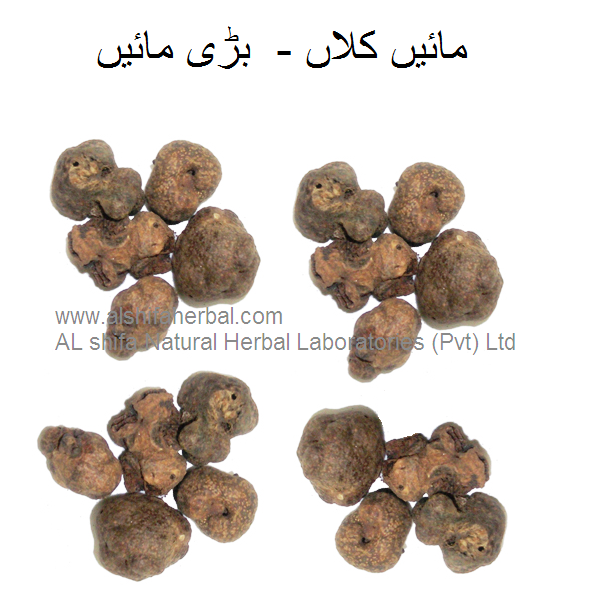
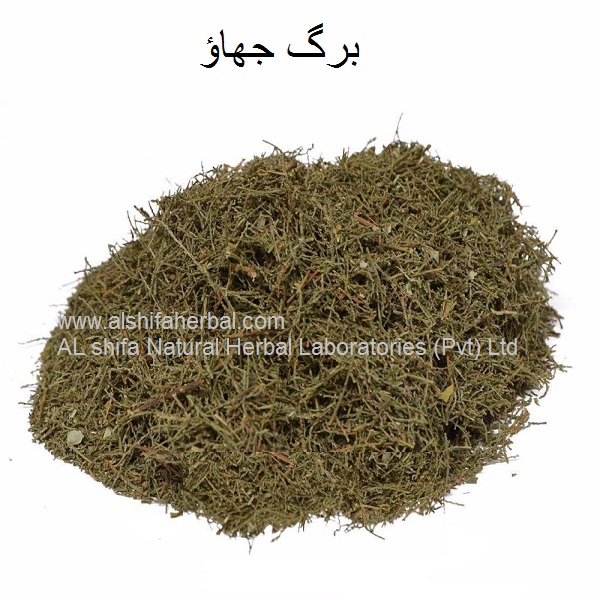


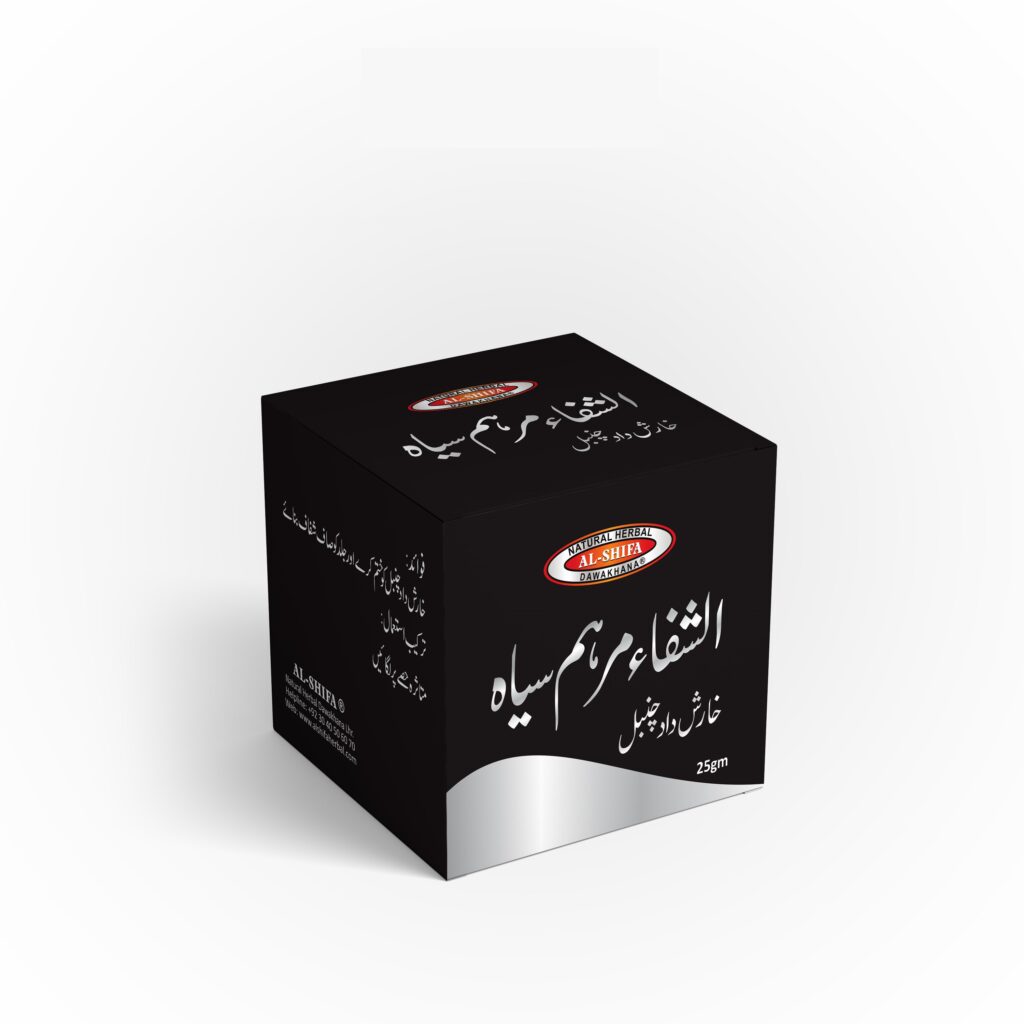
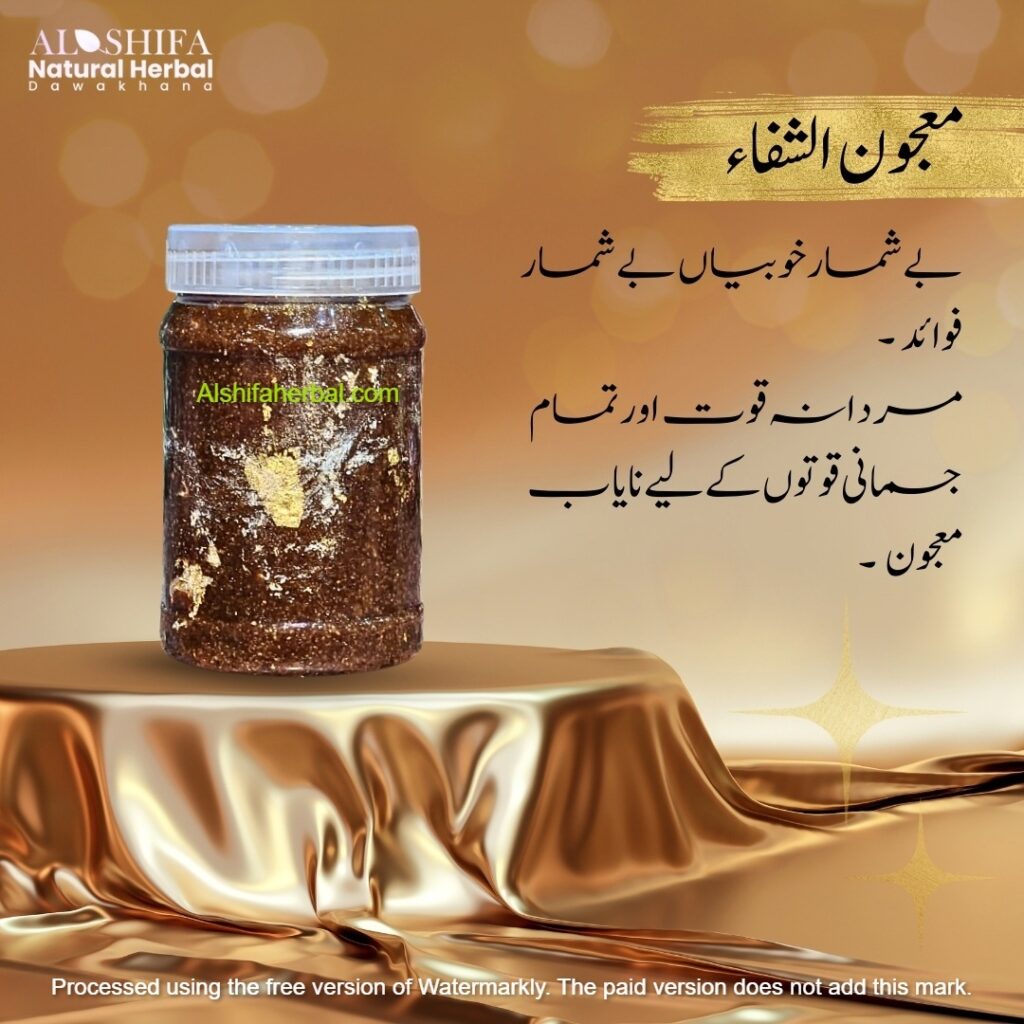
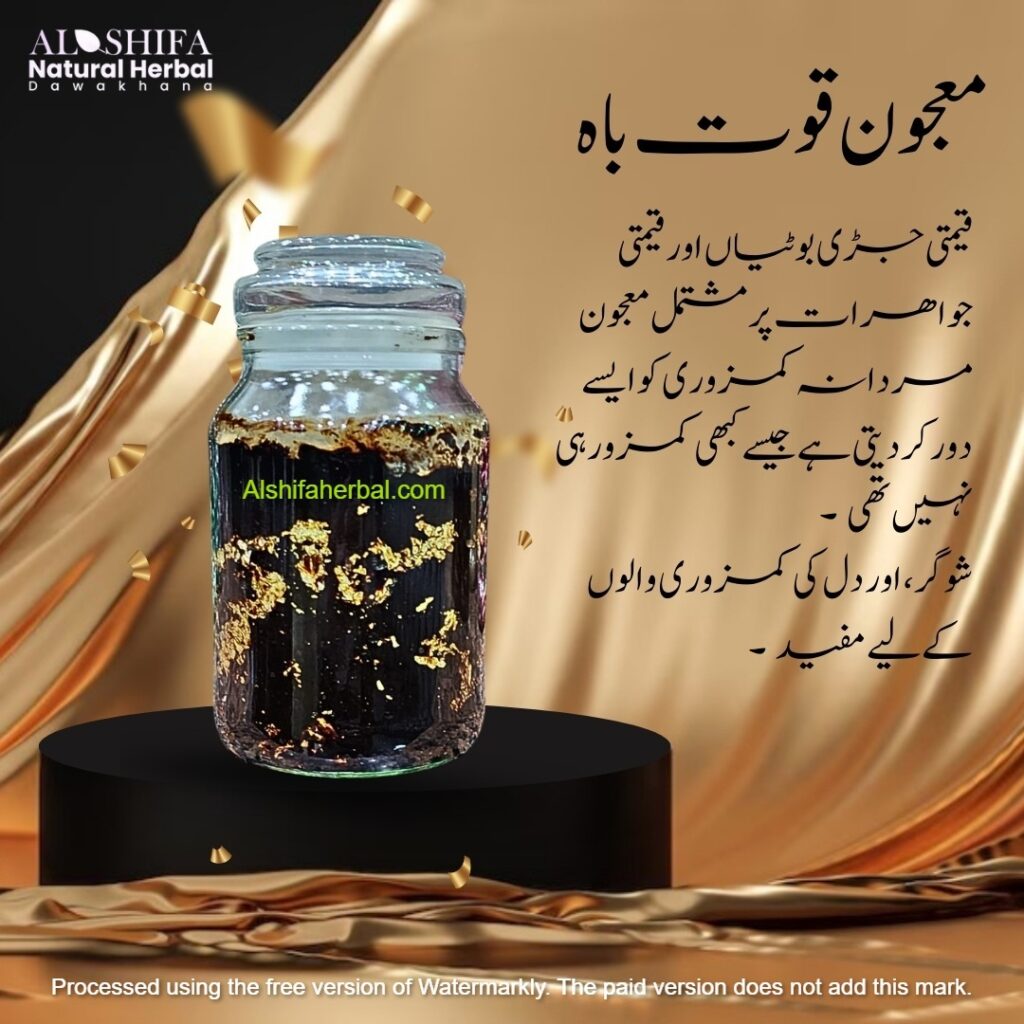
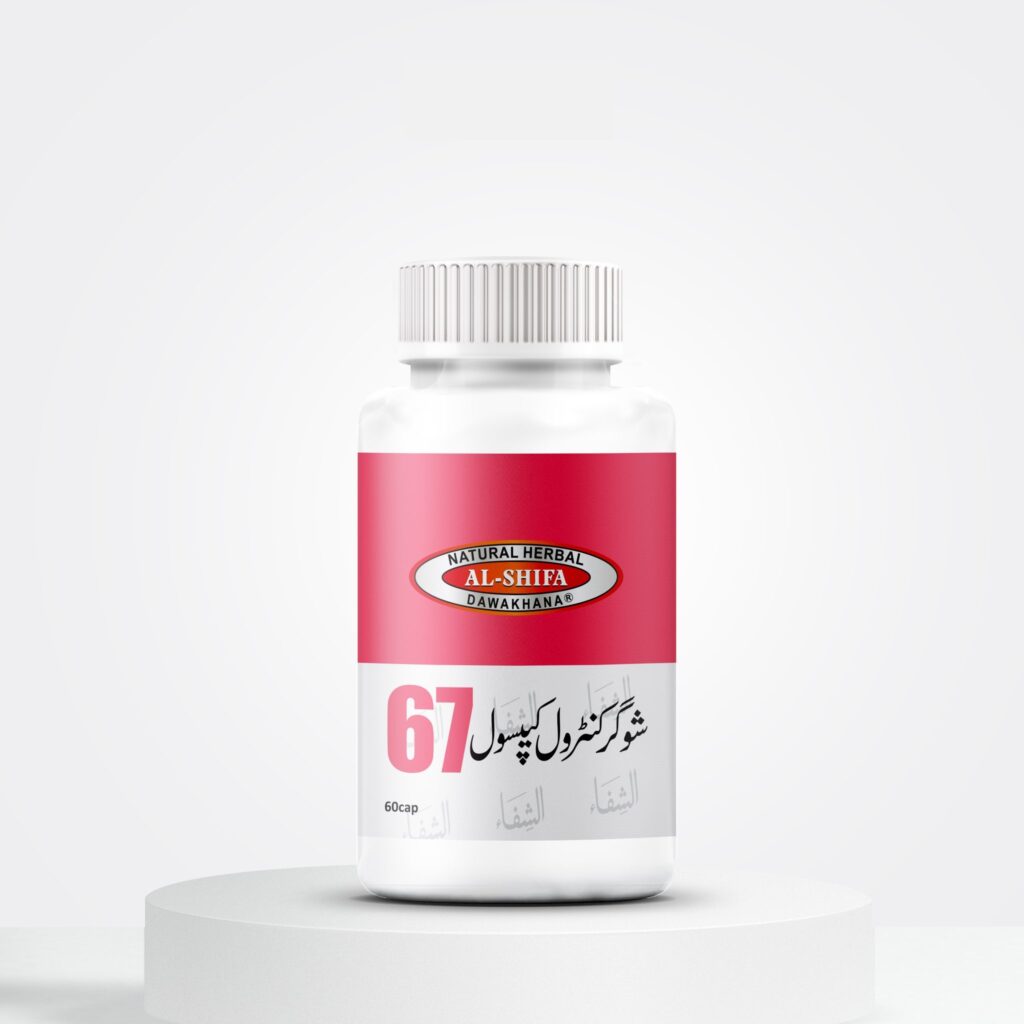
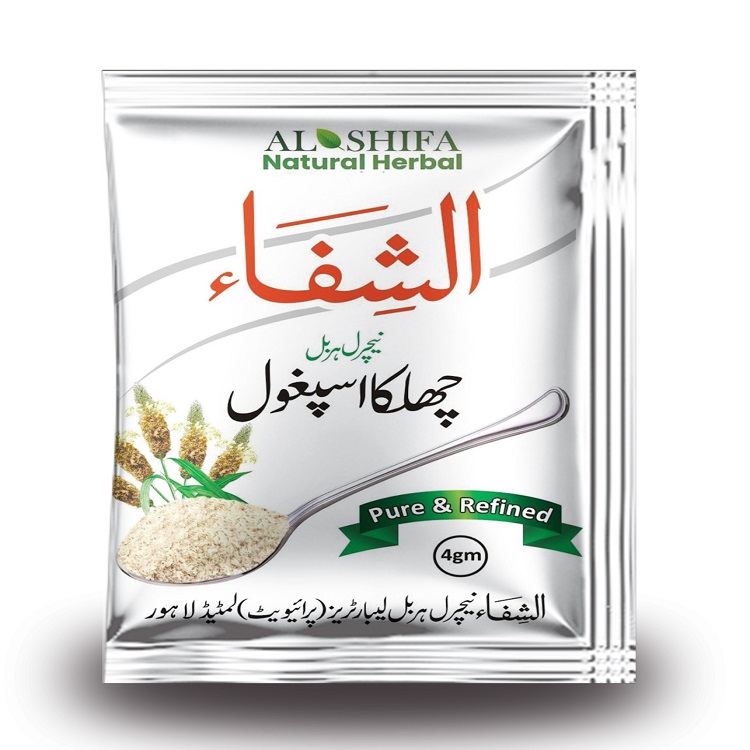



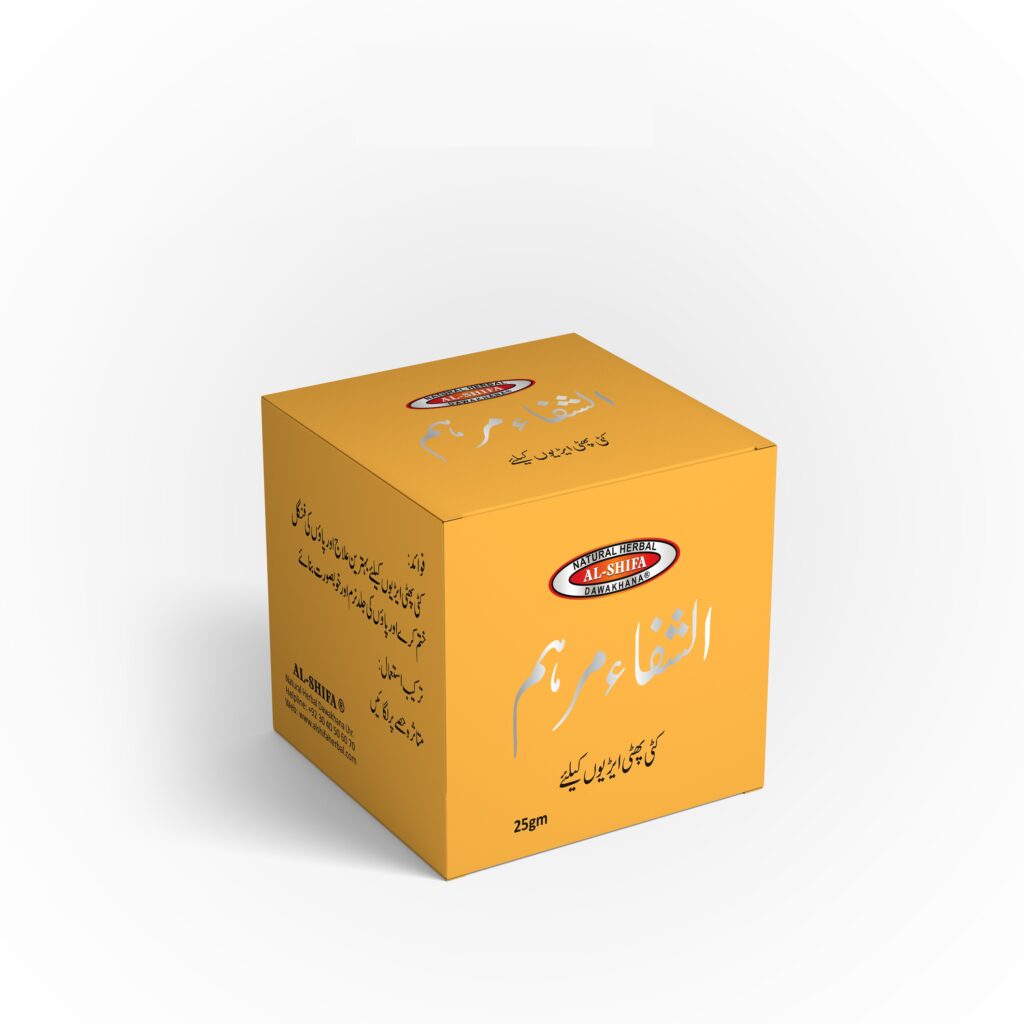



Reviews
There are no reviews yet.